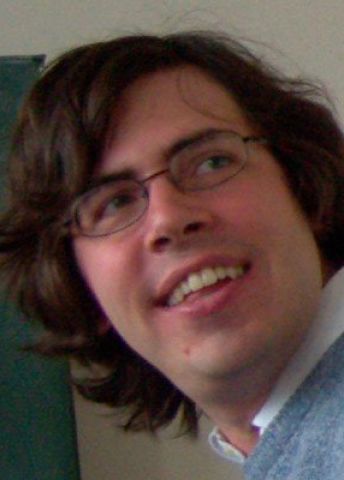
Program for mathematics 2020
Dr Paolo Ghiggini
Researcher at the University of Nantes, France
Nominated by:
Uppsala University
Dr Paolo Ghiggini
Researcher at the University of Nantes, France
Nominated by:
Uppsala University
Odd dimensional spaces get a new description
Paolo Ghiggini is a researcher at the University of Nantes, France. Thanks to a grant from Knut and Alice Wallenberg Foundation, he will be a visiting professor at the Department of Mathematics, Uppsala University.
The project addresses problems in symplectic geometry. This is a relatively new research area in mathematics and has its roots in classical mechanics. The first seeds were sown about two hundred years ago, when Newton’s laws of motion for classical mechanical systems were reformulated, first by Jean-Louis Lagrange and later by William Rowan Hamilton. The area got its revival at the end of the 20th century, thanks to its close connections to the development of modern physics’ quantum field and string theories.
The study objects in symplectic geometry are spaces, or manifolds. These can be regarded as a generalization of the mathematics originally developed for dynamic systems in classical mechanics, such as for calculating the trajectories of celestial bodies in the solar system or charged particles in an electromagnetic field. Nowadays, the focus is on understanding how the geometry of a symplectic manifold influences these dynamics. The manifolds studied in symplectic geometry are even-dimensional spaces (2, 4, 6, ...), while odd-dimensional spaces are part of contact geometry, an odd equivalent to the even symplectic.
A symplectic manifold can be effectively described using a particular type of submanifold. This is called a Lagrangian submanifold; its dimensionality is half that of the surrounding manifold. However, it is often difficult to know what these submanifolds look like and where they can be found. One approach to this problem is to reformulate it using algebraic terms, which offers better understanding of the symplectic manifolds and, in many cases, also aids calculations. The aim of this project is to try to extend these algebraic reformulations, so they not only apply to the symplectic manifolds, but also to contact geometry manifolds that have not yet been described in this way.